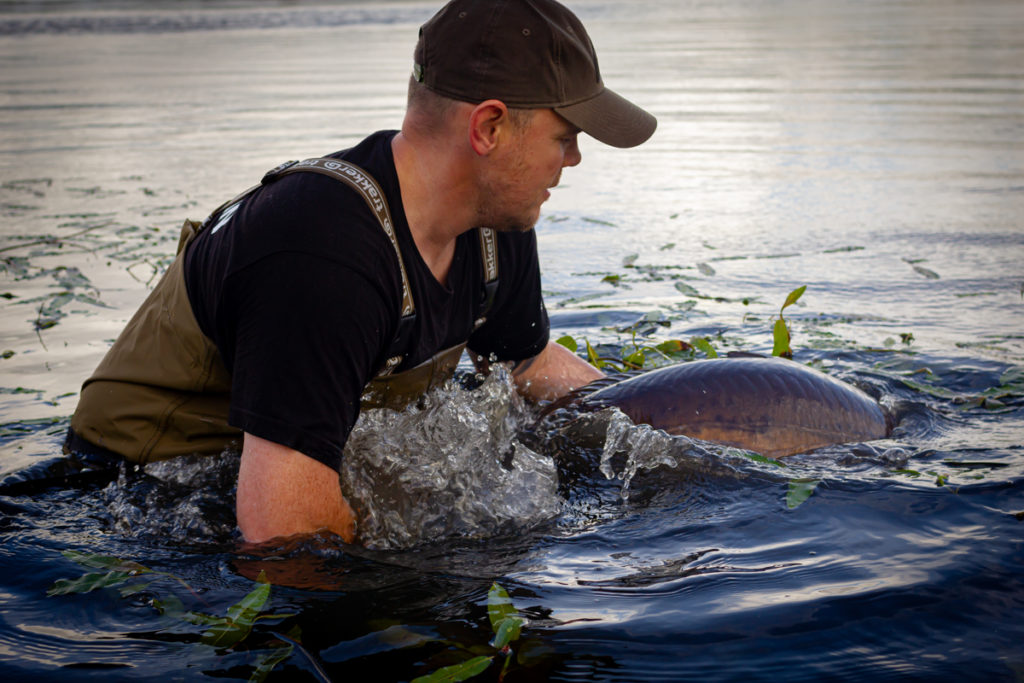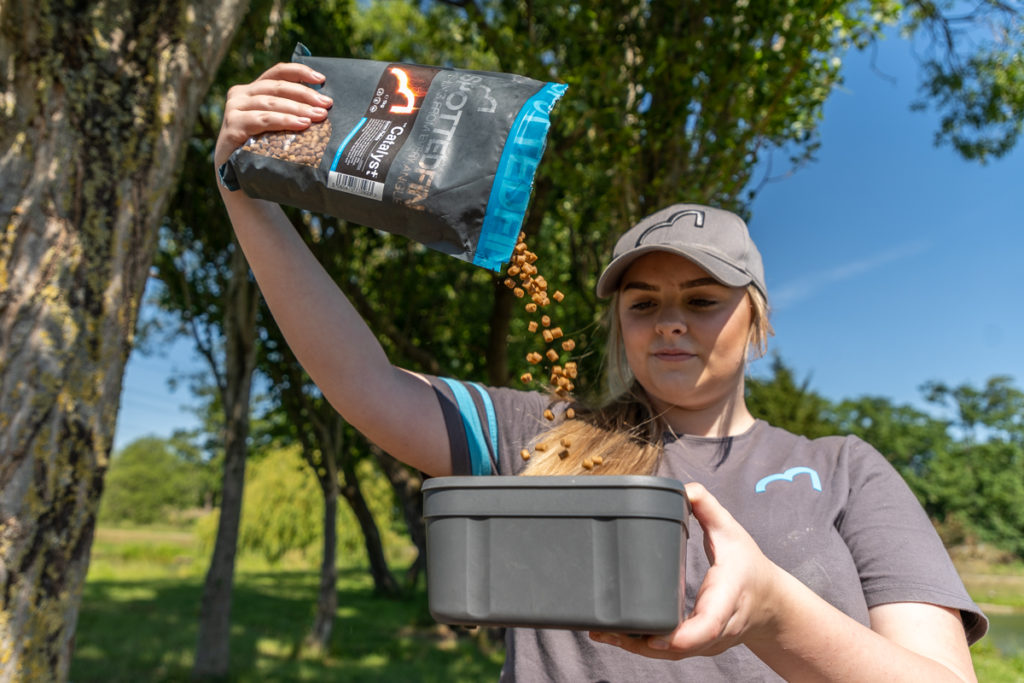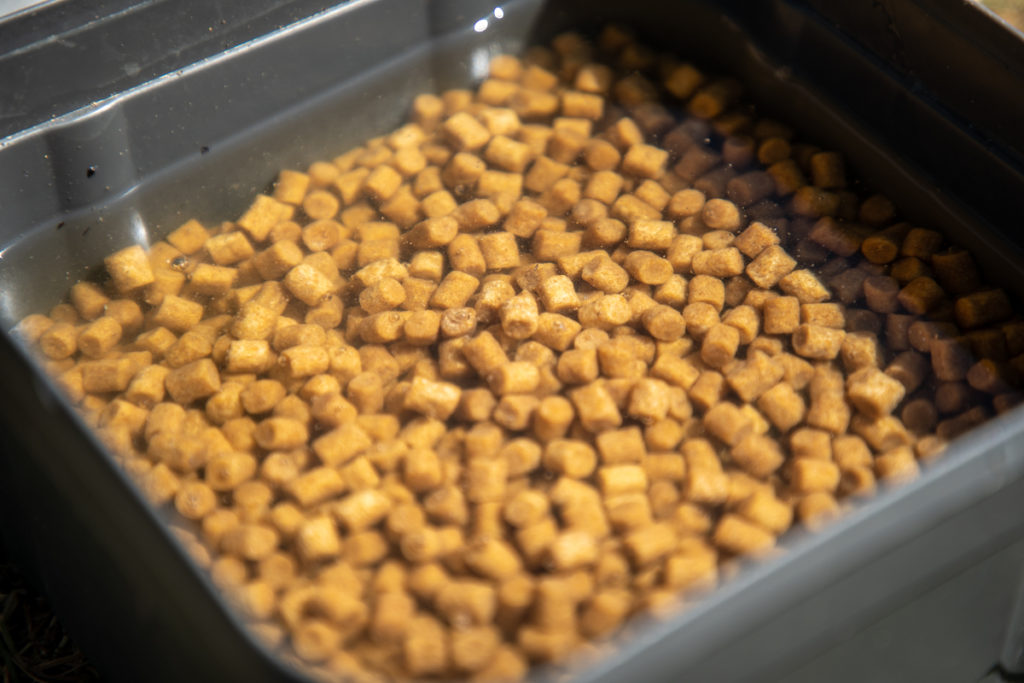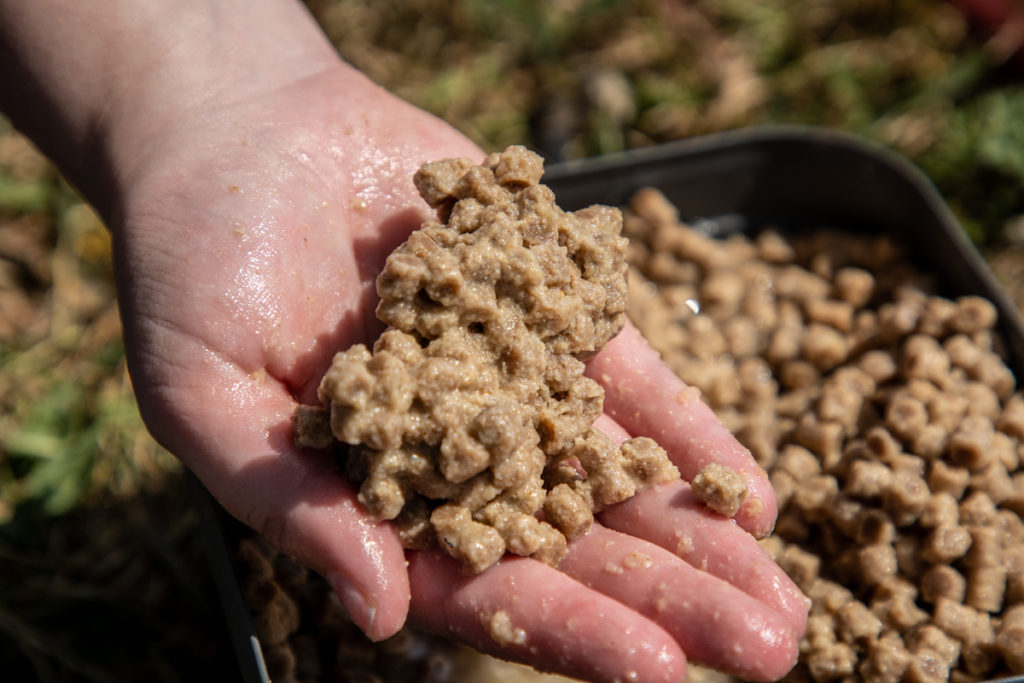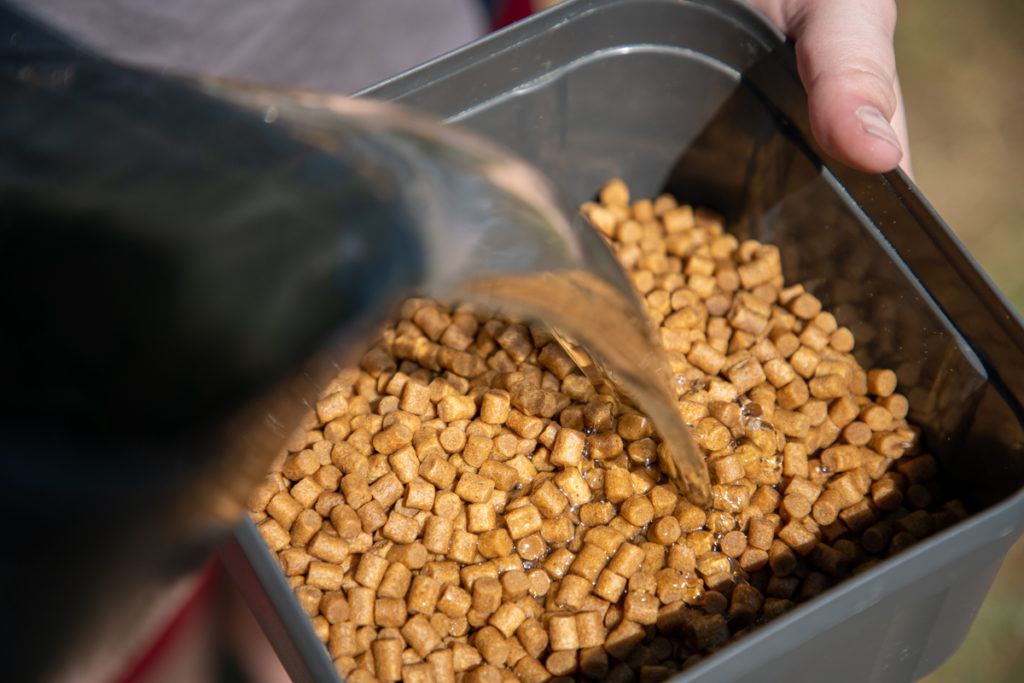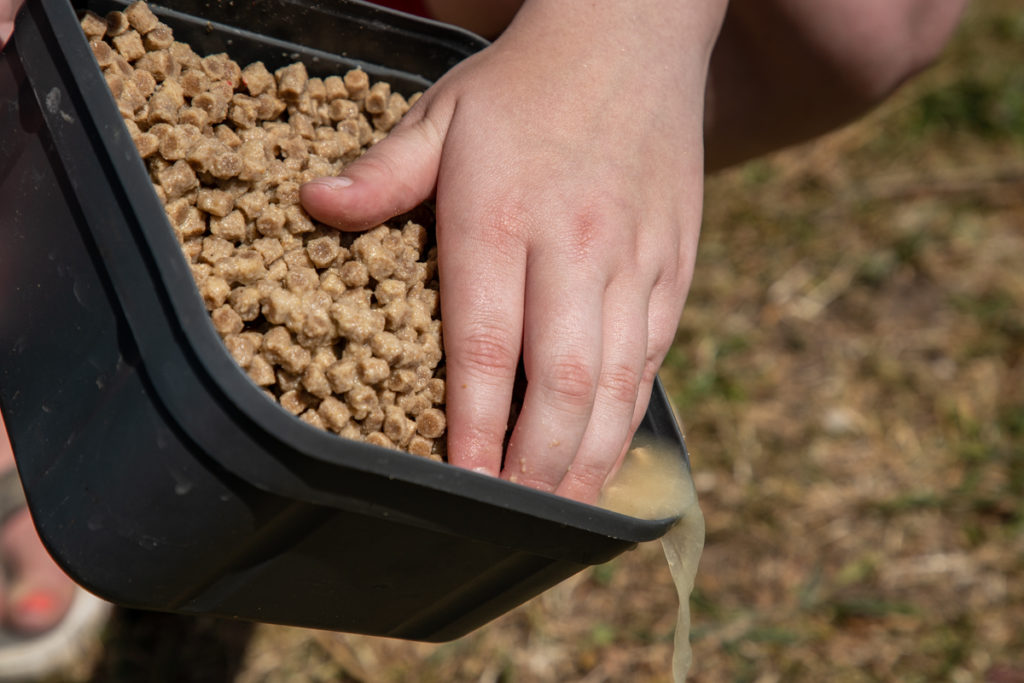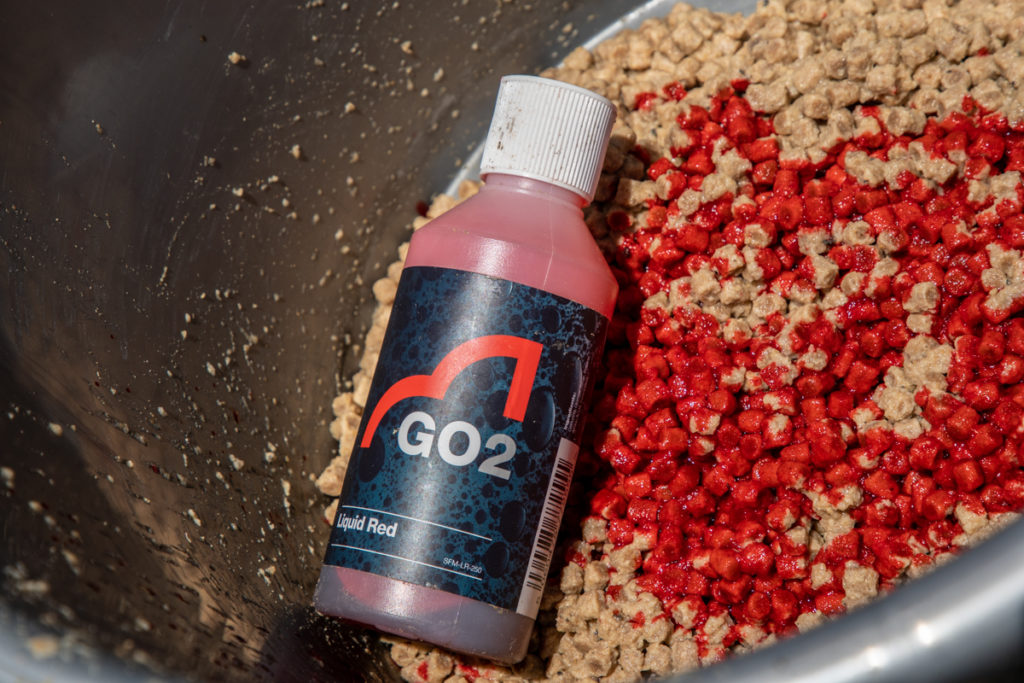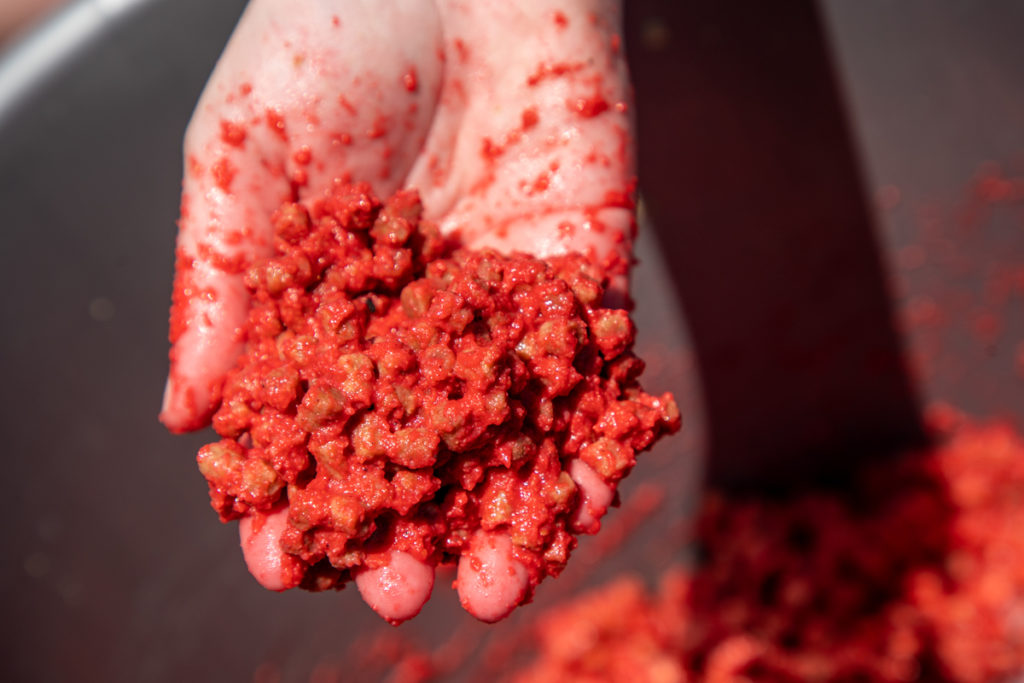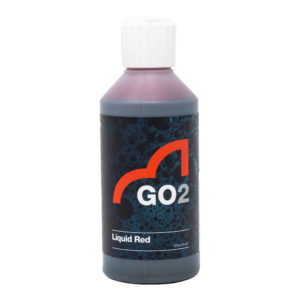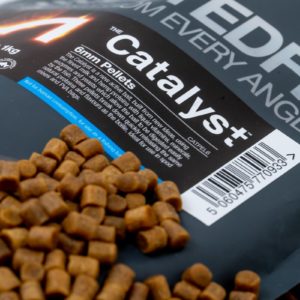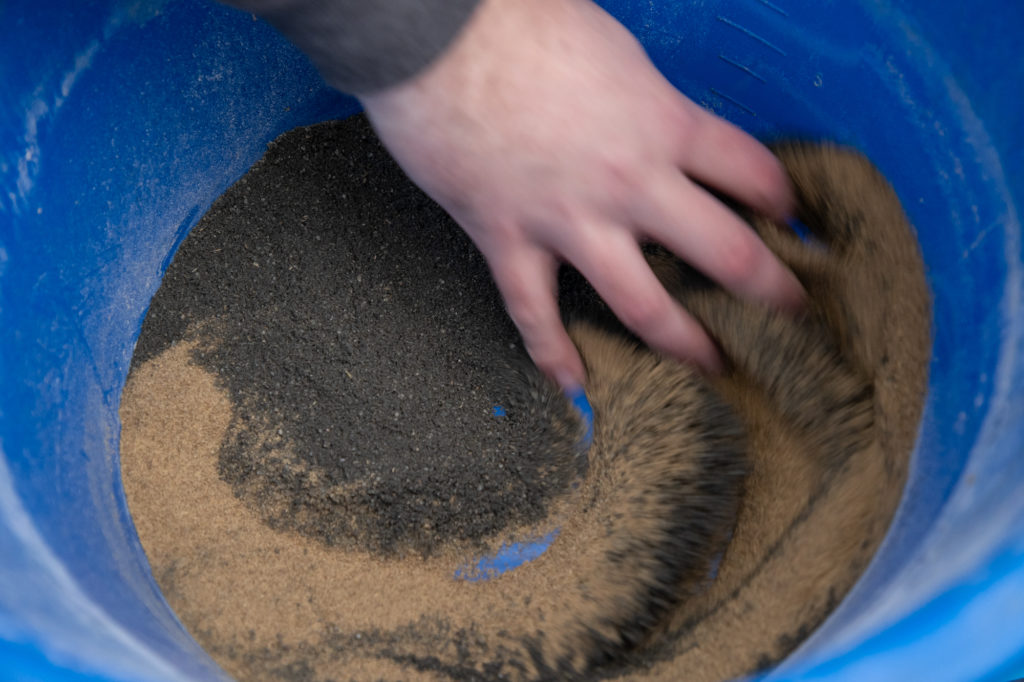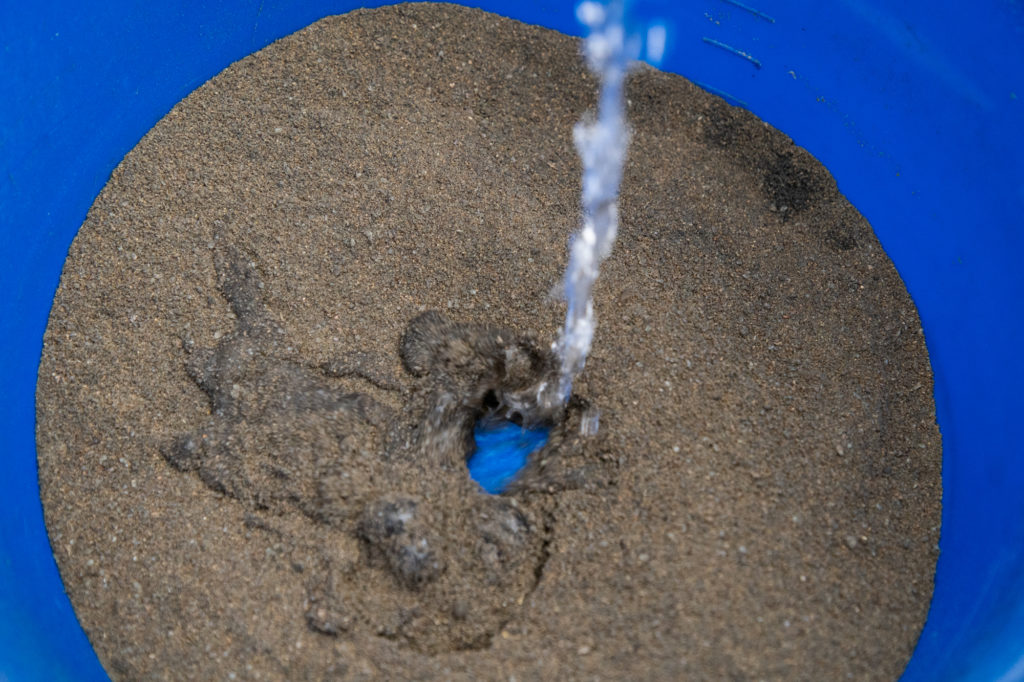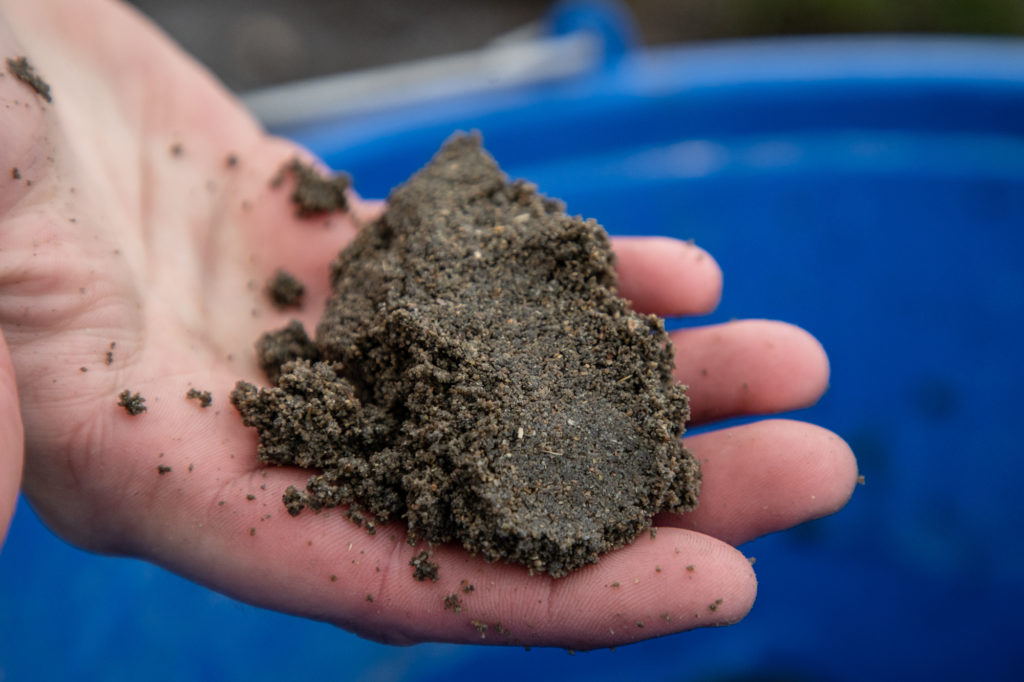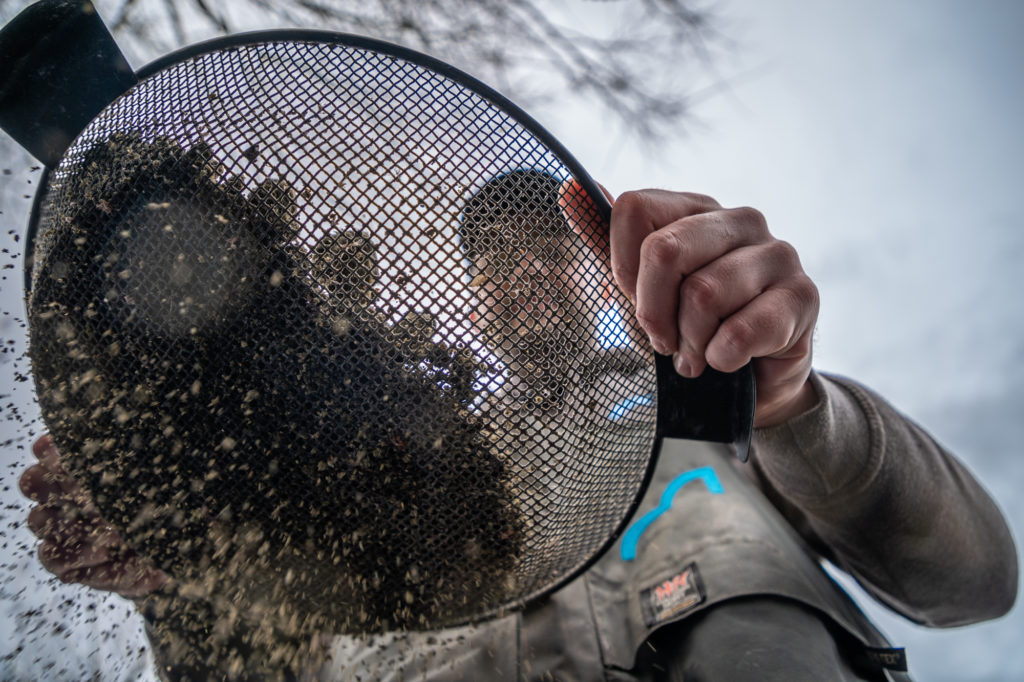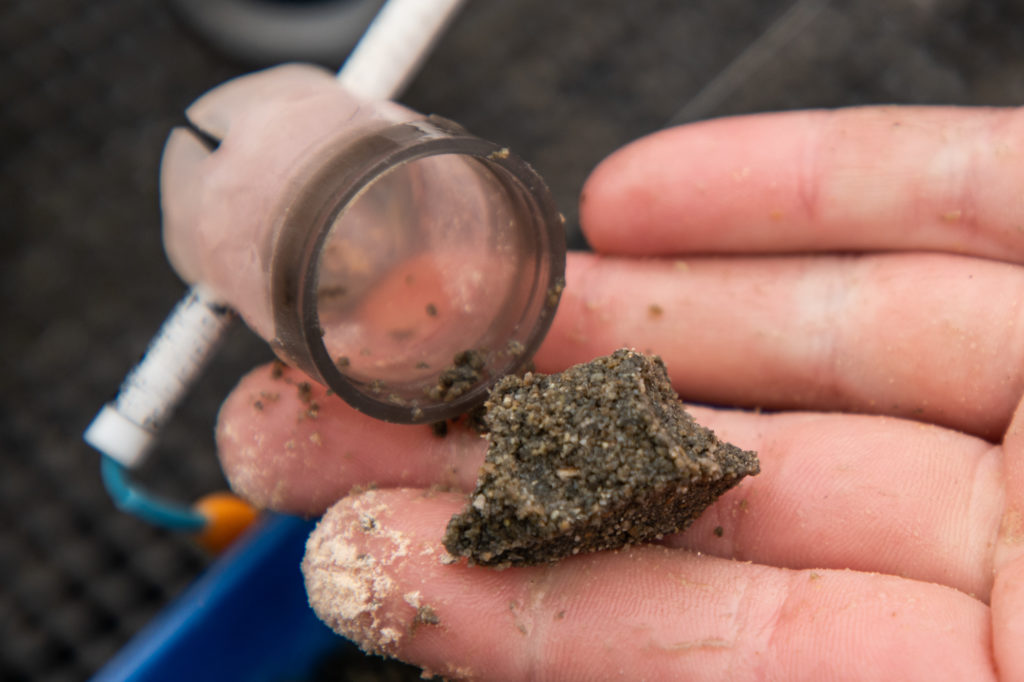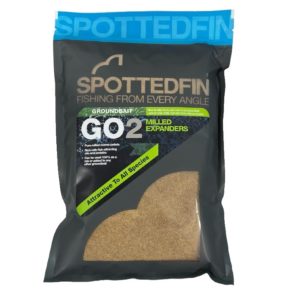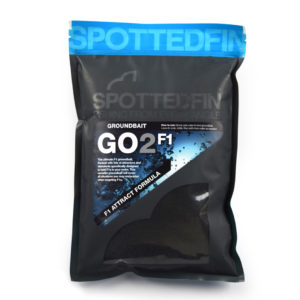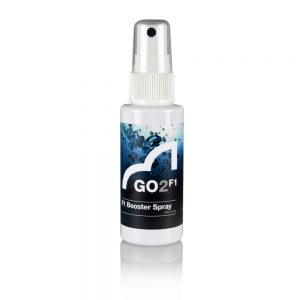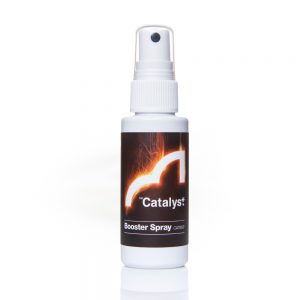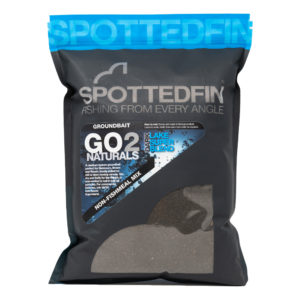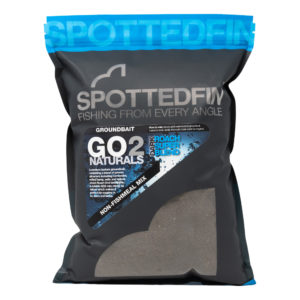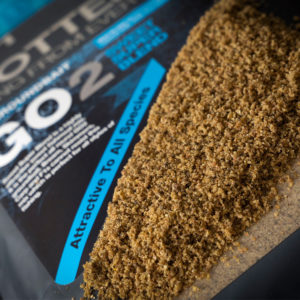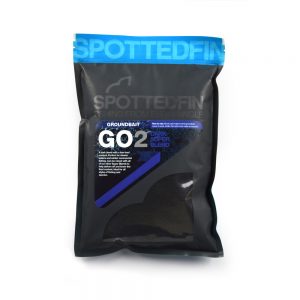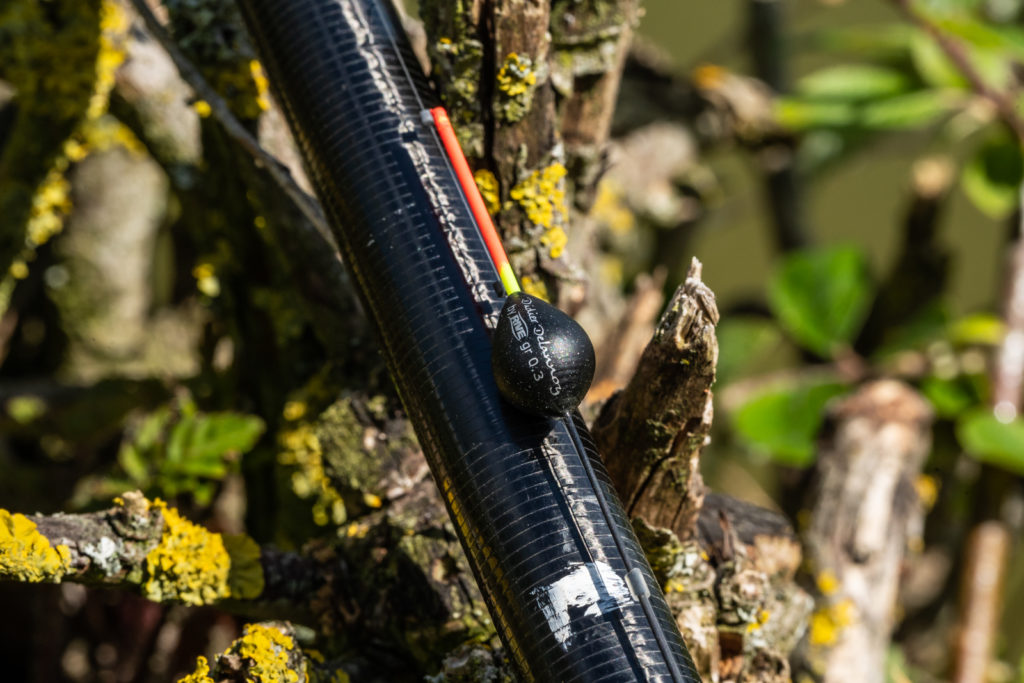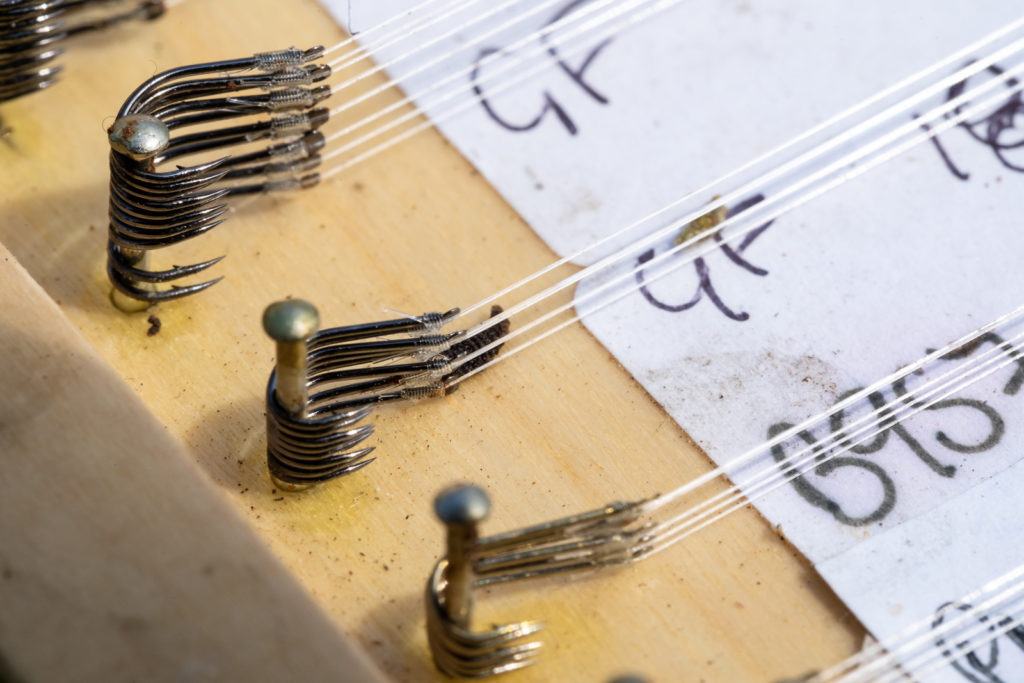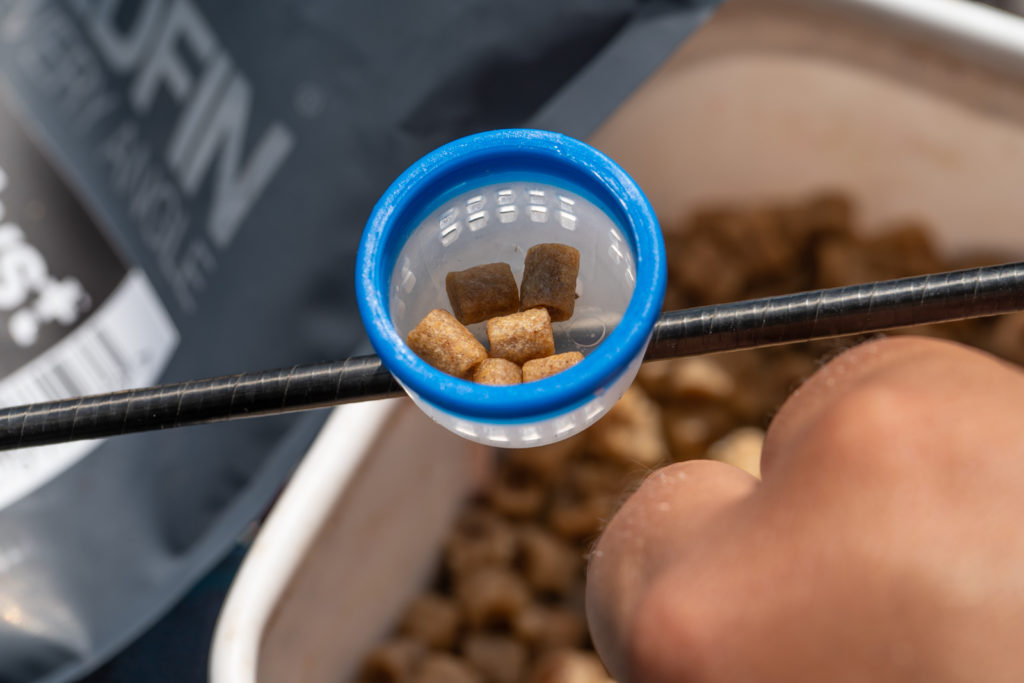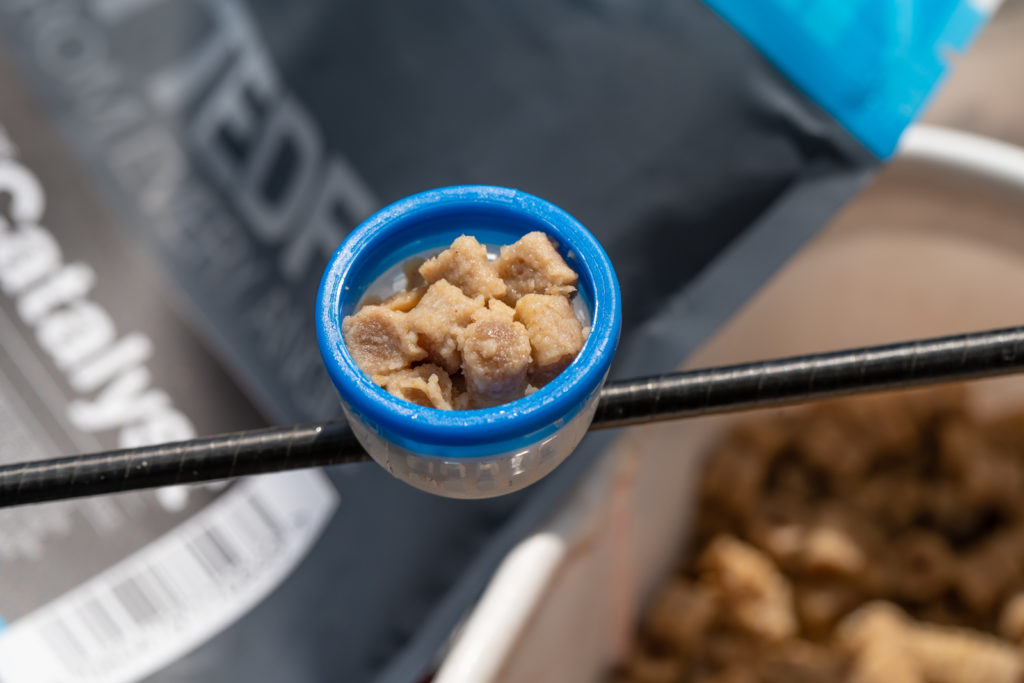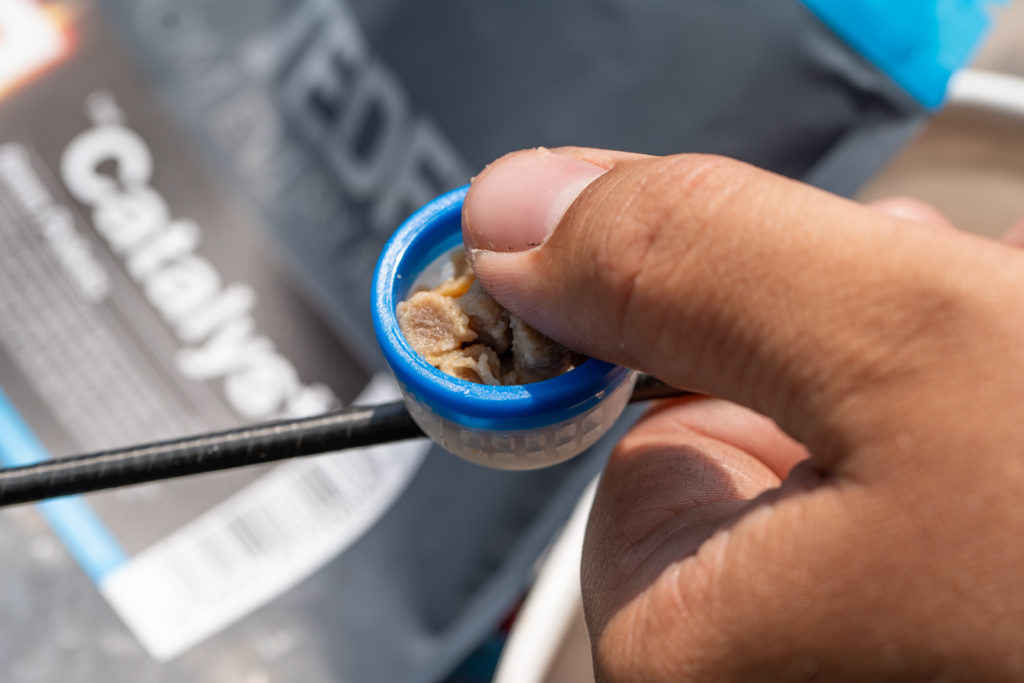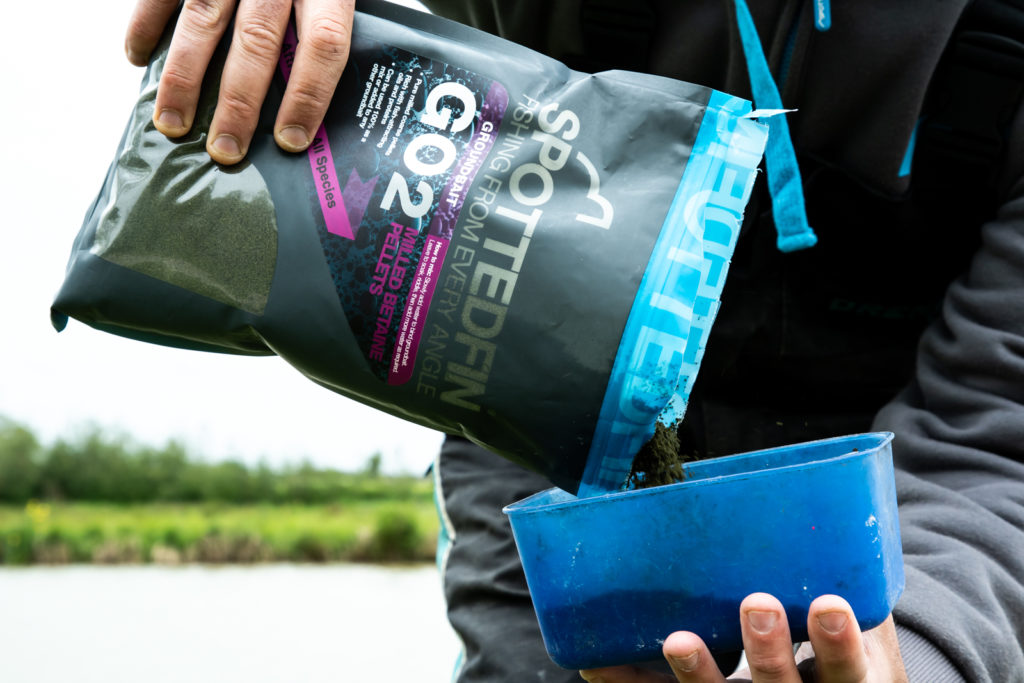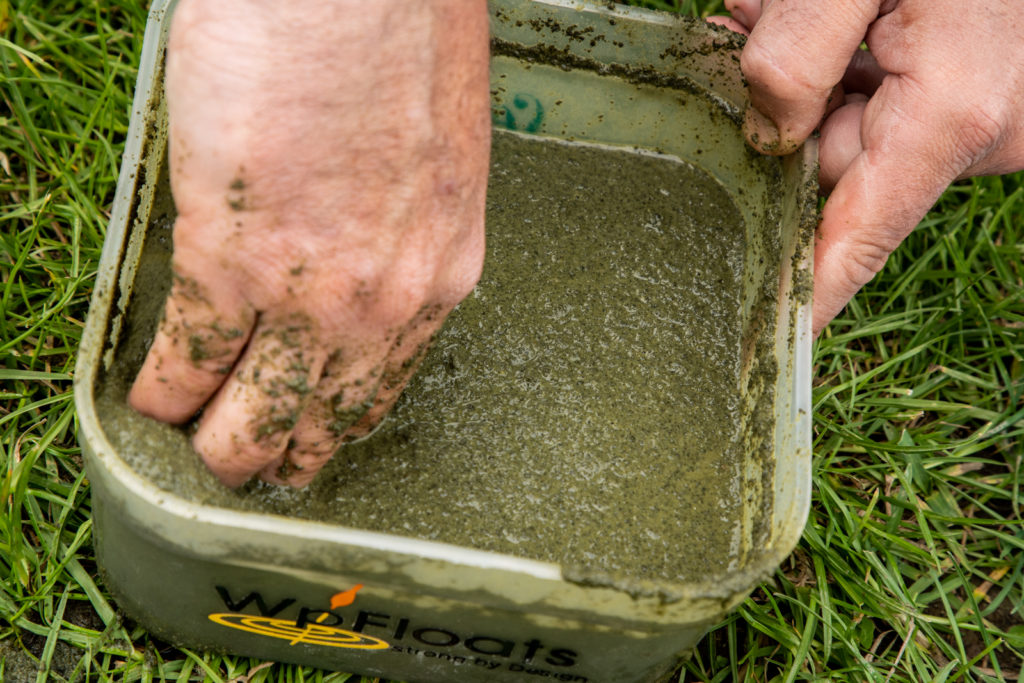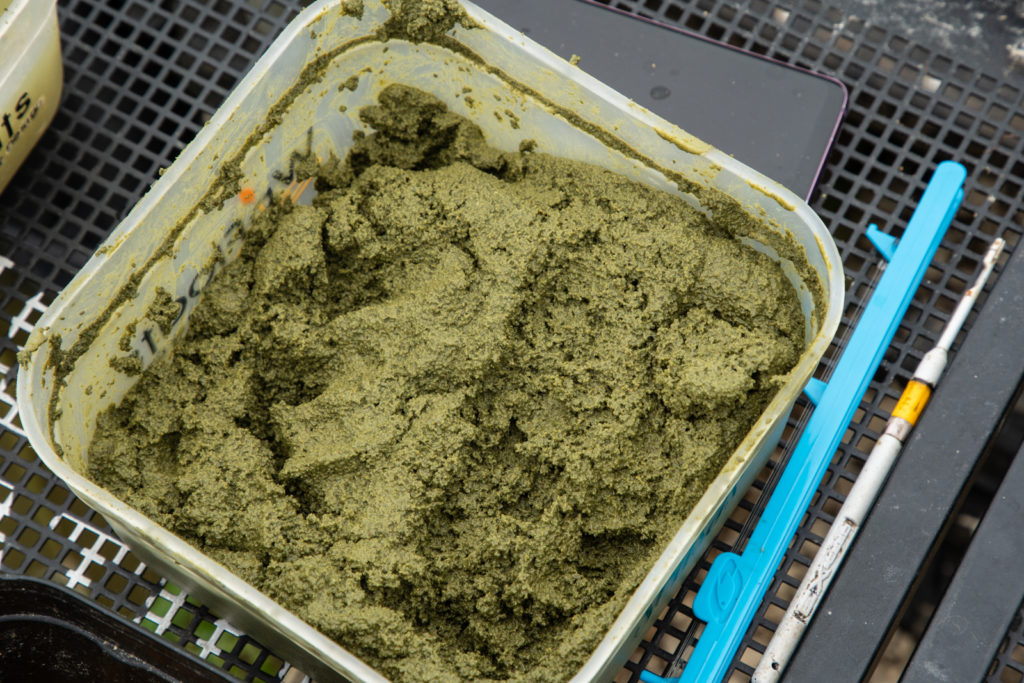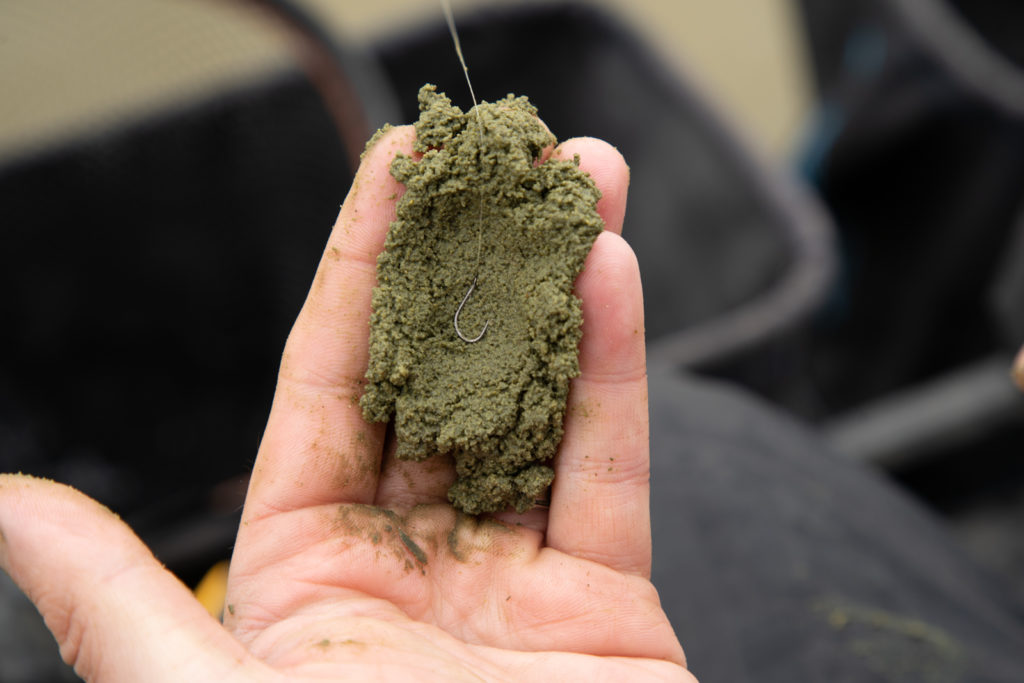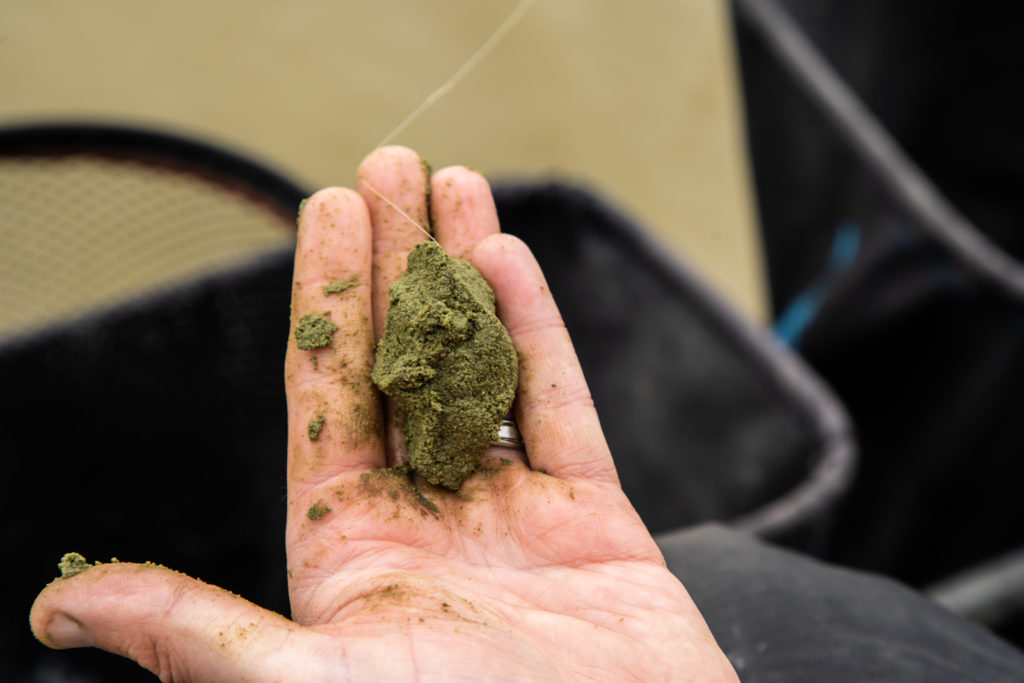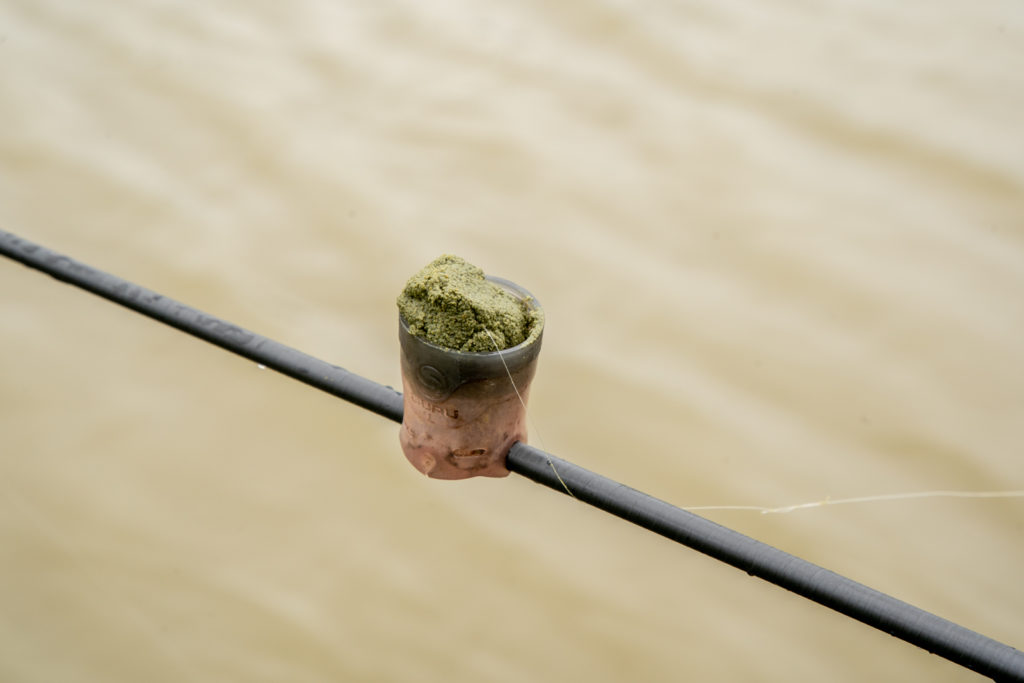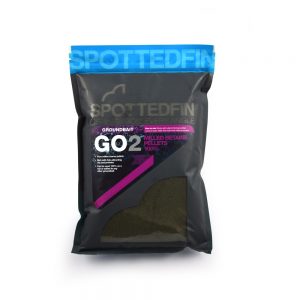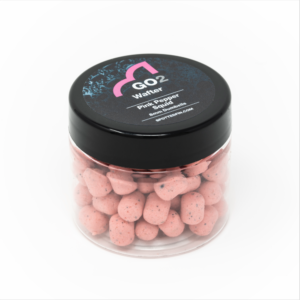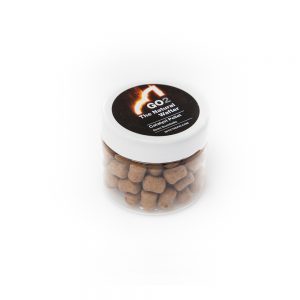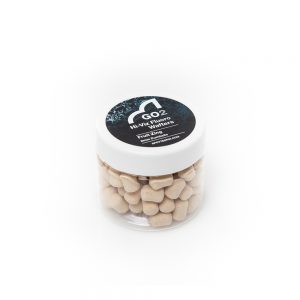It had been a weird old start to the spring campaign, the country in lock down and everyone treading water for months with more important things on their minds than fishing. By the time angling had been given the nod, I felt the best months of the spring were behind me and it felt like I was playing catch up with the carp.
My home venue ‘The Willows’ had been through a massive reorganisation, new lakes and a new name had lead to a whole different feel about the place. With many of the regulars deciding to try the newly opened ’trout lake’ for some of the escapees which made their way into the lake during the winter floods. I felt I had to grasp a bit of normality where I could get it and decided to stick with the Willows lake for the limited time I had left.
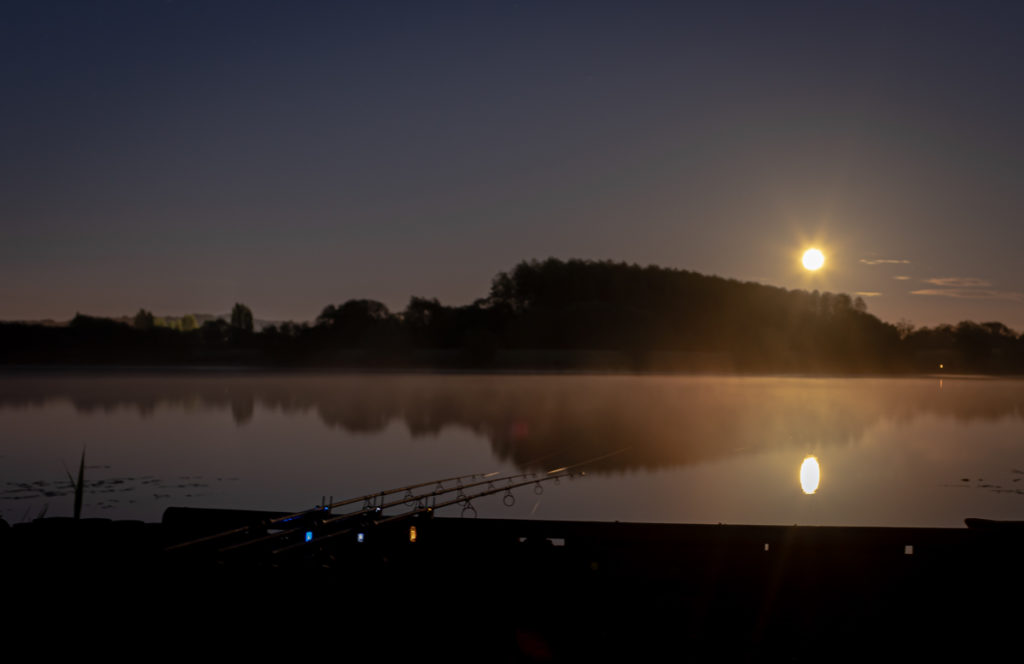
The Willows is a massive spring water, in the old syndicate days I’d hazard a guess that 70% of the fish from the year were caught during that period, the members knew it too and as a result it got massive pressure early on. The Syndicate had long since gone and to be fair, I’m not sure that was a bad thing! New members brought new friends and although day ticket, it still feels like a Syndicate water, there’s some cracking lads down there and between the old guard of myself, ‘Tal’ and ‘Spaniel Paul’, the new guys like the legend that is ‘Blackpool Pete’ and the new kids on the block Kyle, Ant, Tez and Lee, they have really enriched the waters vibe and atmosphere.
Generally I’d say May was the month on Willows, before spawning you’re looking at maybe five different 50’s to shoot at and some awesome back up 40s! The venue is always busy around this time and it sometimes feels like your competing with the anglers rather than the carp. I’d decided this year the new Classic Corn boilie along with Smokey Jack was going to be the ammunition, particle and method pellet would never be far away and can always tempt these massive fish. With no weed in the lake this year, due to the heavy coloured water left from the winter floods, meant that boilie would fish better than my usual natural and particle approach.
My first session was just a few days after the go ahead was given for angling, dropping into one of my old favourites, Peg 20, where I caught the lady of the lake ‘3 Scale’ from, just short of the magical 60lb mark. Although it was a stop start session, with my son Joe as my fishing buddy, we only managed to have the rods in for 24 hours, it gave me a lot of information. As usual Kyle fell on his feet and dropped into an area there was no pressure and put a couple of chunks on the bank, action for everyone who dropped in empty areas really showed the fish were getting line shy. Also Kyle and a few more of the boys were all catching on the boilie, the lack of weed normally means the fish move more as the weed can coral them into areas where they are reticent to move.
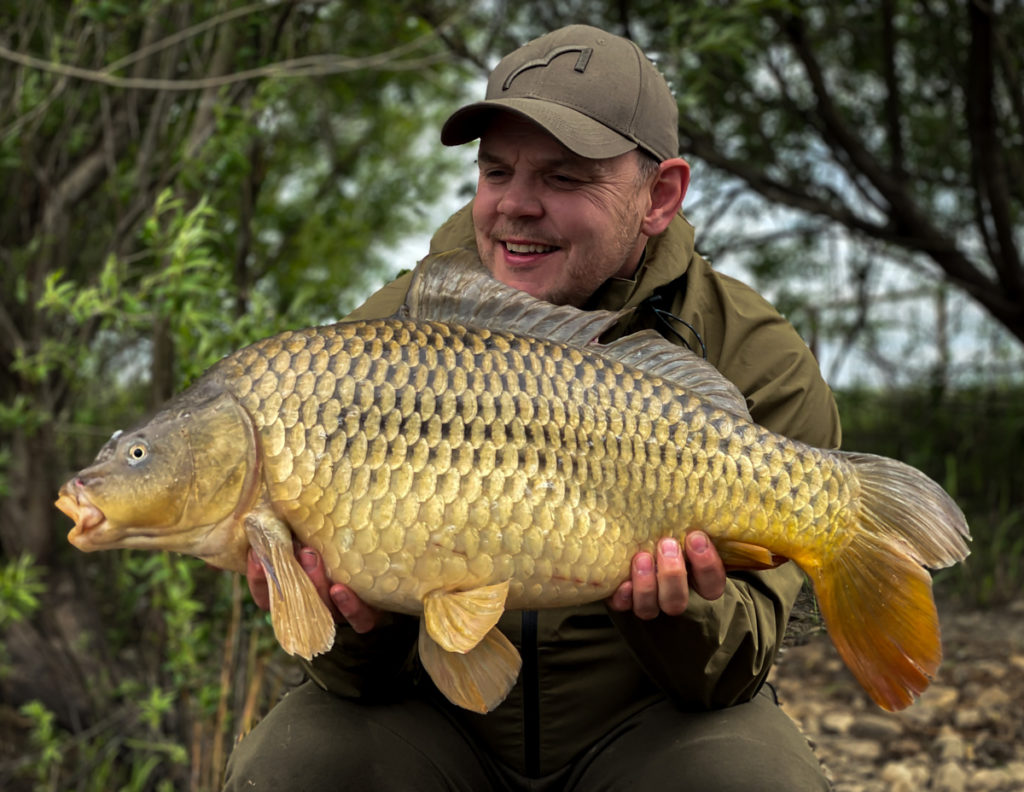
Two runs and a trailer was the result of that first session, a nice small common lay on the mat and the camera fired into action from its recent Covid break. The fish were moving off pressure and were not holding in any area, long chats with Kyle and Pete lead me down the line of light baiting.
My ‘kill’ spots in peg 20 that had been heavy baited were silent, a handful of bait and the new Classic Corn pillows had provided my action and early runs from many anglers again drove me to the same conclusion, that the building of baited spots wasn’t the one, a bit of a rethink was needed!
With the Willows being closed for spawning, it was 3 weeks until my next opportunity to get a proper session under my belt. No distractions, a good weekend to put a plan to test. Time had possibly run out for the big weights, but due to many strains of carp in the lake, they often go at different times, so I was still holding on to the hope that some of the big girls may not have spawned.
I rocked up at the gates for 6am, third in the line. Location of showing carp was the plan and a good walk round with Lee and Tony drove us all down swim selections of myself in peg 3, Tony in 4 Lee in 2, excellent trusted guys both sides, meant a nice session ahead, no dramas and time to put the plan in place. Big baiting had gone out the window, the plan was particle soaked boilie, maybe a bit of the new Krill Method Pellets which looked awesome! A hand-full at a time over each rod.
I managed to find the outskirts of a weed bed at 90 yards, running diagonally off the main central bar which splits the lake, baits were set just the other side in a very shallow 3ft, attempting to catch passing carp. By this time they were showing up and down the bar, although mainly just out of reach, I was still hopeful we could tempt a few. 15mm Smokey Jack and 12mm Classic Corn Pillows with small helpings of Particle Blend and CSL Liquid to make up the traps the other side of the weed.
The first few hours was sit on your hands time, fish crashing everywhere, but no-one getting any action, then the dreaded call came! Tony just lost one at 4pm, gutting but all was not lost. The weed line had produced the bite, right we are in the game, pop ups had done the damage, so the attack was getting tuned. Rods were reset, baiting kept to minimum. The other rods, one assigned as a rover and the other on the banker on the infamously named spot in peg 3.
Saturday morning, a call from Tony, he’d lost another, the poor lad was broken! Lee looked like he’d been on a Monster drip all night and we both couldn’t believe the lack of action. Pete was next on the phone he’d managed a double and the usual kick up the backside from him got me back on track and focussed again. The drums were banging round the lake and the catch reports were filtering through, the odd double from the other end of the lake but nothing. A light baiting approach was the right call! Bite time came and went and Tony had plans so had to leave, Tony’s bad luck turned into my good fortune, reset 10 yards to my right, further up the weed line covering the area between us both, lets get positive.
At 4pm the line tightened and the Delk started to sing, straight on the fish, the weed line rod had some action, a late attempt to escape and a dreaded line roll, but I slipped the net under a recognisable set of big Croatian Shoulders! Lee came over ‘is it a proper one?’ he asked, ‘Oh yes!’ I replied. As the net parted we knew it was the ‘Big Leather’ but she was looking massive. After a heart fluttering 50lb indication on the Reubens, a new zero and draining off the sling was a must, which ended with Lee calling the ‘Big Leathers’ new PB weight of 49’10, Boooooom!
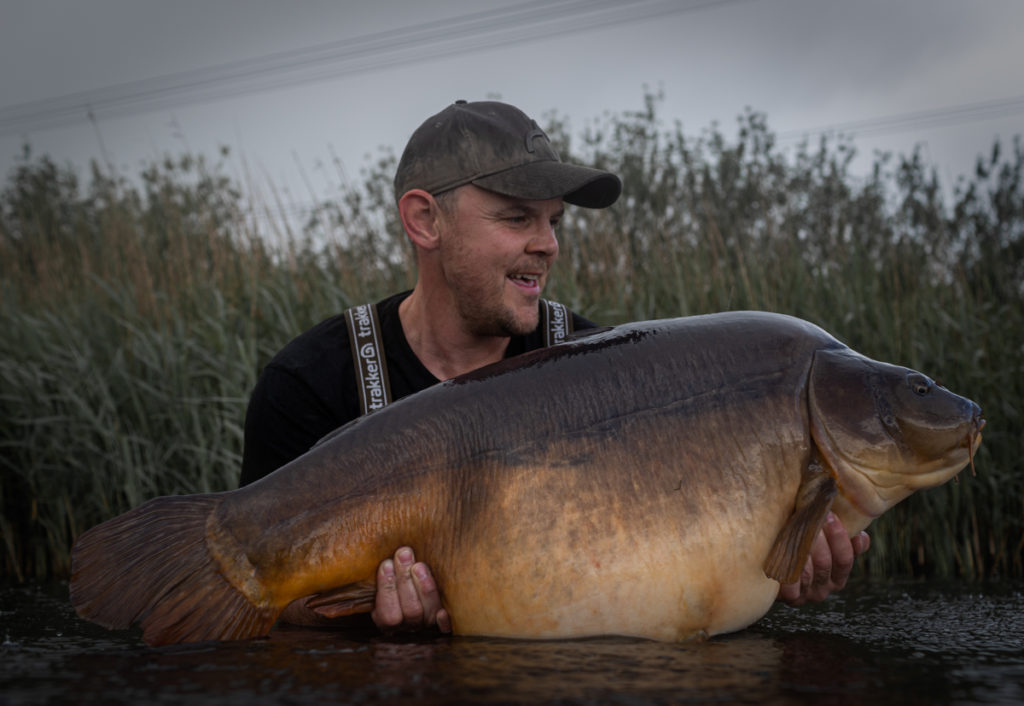
I’ve probably caught her more than any other carp in the lake, she does like a bit of caster, but never at that weight and she was in pristine condition! The heavens suddenly opened as we donned our waders and headed into the lake to get the awesome water shots that the big girl deserved, anyone who knows me will know I’m into a bit of photography and poor Lee got a bit of a workout with the camera. Maybe it was a bit of revenge as the Canon 6d was treated to a dunk in the lake.
Just an hour later a nice 20lb mirror quickly fell to the same approach, then the carp slowly moved off away from the pressure.
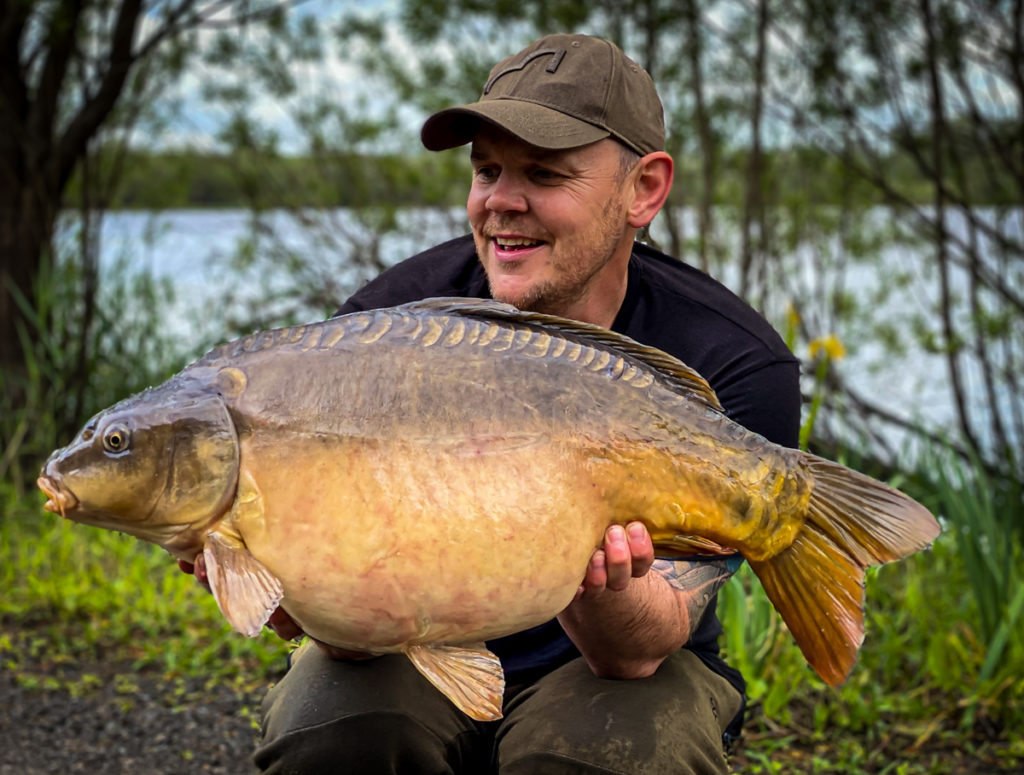
Although the session wasn’t to produce any more carp, I sat that night reflecting over the capture. I’m not a boilie man by any stretch of the imagination and small baiting again is not really my thing. However, it just goes to show that the anglers around you are sometimes the best source of information and drive you can have, surrounding yourself with positive like minded people can inspire you into doing new things and the rewards are there to be had by sometimes taking a new approach!
